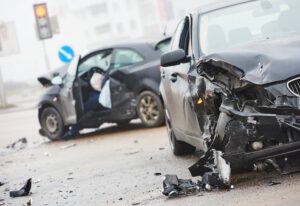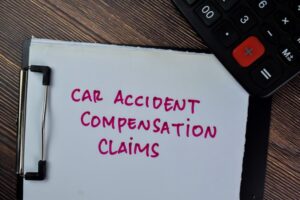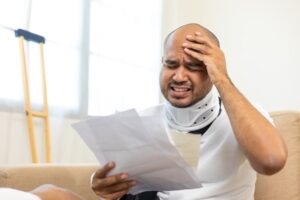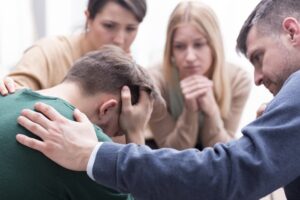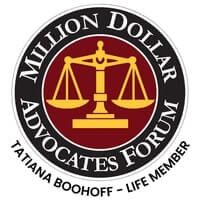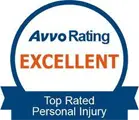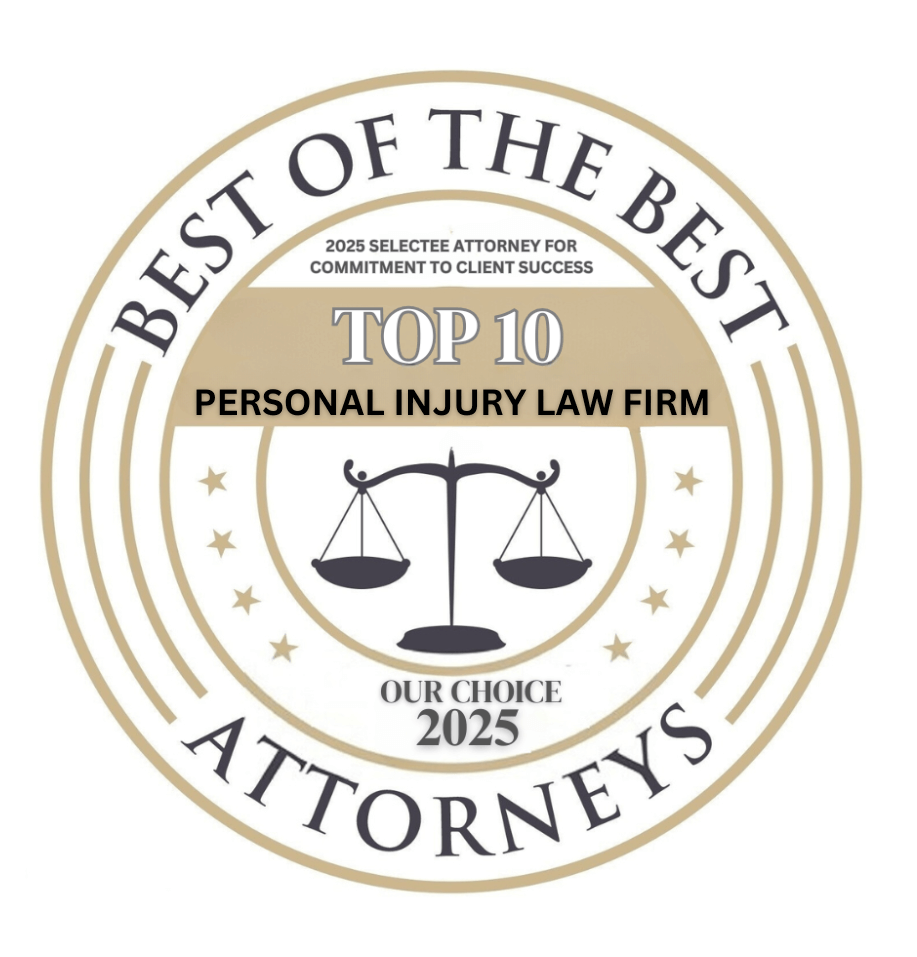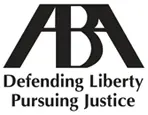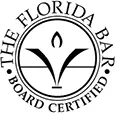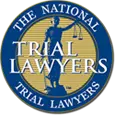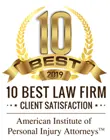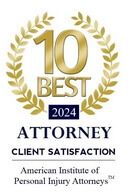What is a No-Fault Car Accident Claim?
A no-fault car accident claim is a type of insurance coverage that provides benefits to individuals involved in a car accident, regardless of who was at fault. This means that if you are involved in a car accident, you can file a claim with your own insurance provider to receive compensation for your medical expenses, lost wages, and other related costs, without having to prove that the other driver was responsible. A car accident lawyer can help you navigate this process effectively
The concept of no-fault insurance was introduced to address the shortcomings of the traditional fault-based system, where accident victims often faced lengthy legal battles and delayed compensation.
By shifting the focus from fault to coverage, no-fault insurance aims to provide a more efficient and streamlined process for accident victims to receive the support they need.
The Concept of No-Fault Insurance
No-fault insurance is a type of car insurance coverage that provides benefits to policyholders regardless of who was at fault in an accident. This means that if you are involved in a car accident, you will file a claim with your own insurance provider to receive compensation for your medical expenses, lost wages, and other related costs, without having to prove that the other driver was responsible.
The primary purpose of no-fault insurance is to provide a faster and more efficient way for accident victims to receive the support they need, without the delays and complexities associated with the traditional fault-based system. By shifting the focus from fault to coverage, no-fault insurance aims to ensure that accident victims can access the necessary resources and support they require in a timely manner.
How a No-Fault Car Accident Claim Works
When you are involved in a car accident, the first step is to file a claim with your own insurance provider. This is known as a “personal injury protection” (PIP) claim, and it covers your medical expenses, lost wages, and other related costs, regardless of who was at fault.
To file a no-fault car accident claim, you will need to provide your insurance company with the following information:
- Details of the accident, including the date, time, and location
- A description of your injuries and the medical treatment you have received
- Documentation of your lost wages, if applicable
- Any other expenses related to the accident, such as transportation or rehabilitation costs
Your insurance provider will then review your claim and determine the amount of compensation you are entitled to receive. It’s important to note that the specific coverage and benefits available under no-fault insurance vary by state, so it’s essential to familiarize yourself with the laws and regulations in your area.
Common Misconceptions About No-Fault Car Accident Claims
Despite the benefits of no-fault insurance, there are several common misconceptions that can lead to confusion and misunderstandings. Here are a few of the most common myths:
- Myth: No-fault insurance means you can’t sue the other driver. While it’s true that no-fault insurance limits your ability to sue the other driver, there are still certain circumstances where you may be able to file a lawsuit, such as if your injuries are deemed “serious” or if the other driver was acting in a reckless or negligent manner.
- Myth: No-fault insurance is always cheaper than traditional liability insurance. The cost of no-fault insurance can vary depending on the state and the specific coverage you choose. In some cases, no-fault insurance may be more expensive than traditional liability coverage.
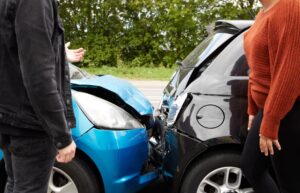
- Myth: No-fault insurance means you don’t need to report the accident to the police. In most states, you are still required to report the accident to the police, even if you are filing a no-fault claim.
- Myth: No-fault insurance covers all of your expenses. While no-fault insurance provides coverage for medical expenses and lost wages, it may not cover all of your expenses, such as property damage or pain and suffering. You may still need to file a separate claim for these types of damages.
The Benefits of Filing a No-Fault Car Accident Claim
Filing a no-fault car accident claim can provide several benefits to accident victims, including:
- Faster Compensation: No-fault insurance is designed to provide a more streamlined and efficient process for accident victims to receive compensation, without the delays and complexities associated with the traditional fault-based system.
- No Need to Prove Fault: With no-fault insurance, you don’t have to prove that the other driver was responsible for the accident in order to receive compensation. This can help to reduce the stress and burden on accident victims during a difficult time.
- Coverage for Medical Expenses: No-fault insurance provides coverage for your medical expenses, including hospital bills, doctor’s visits, physical therapy, and other related costs. This can help to ensure that you receive the necessary medical care without worrying about the financial burden.
- Compensation for Lost Wages: If you are unable to work due to your injuries, no-fault insurance can provide compensation for your lost wages, helping to alleviate the financial strain of the accident.
- Potential for Higher Limits: In some states, the coverage limits for no-fault insurance may be higher than the minimum required for traditional liability coverage, providing accident victims with more comprehensive protection.
Steps to Take After a Car Accident to Protect your No-Fault Claim
If you are involved in a car accident, there are several steps you can take to protect your no-fault claim:
- Report the Accident: Regardless of whether you plan to file a no-fault claim, it’s important to report the accident to the police as soon as possible. This will create an official record of the incident, which can be valuable if you need to file a claim.
- Seek Medical Attention: Even if your injuries seem minor, it’s important to seek medical attention as soon as possible after the accident. This will not only ensure that you receive the necessary treatment, but it will also create a paper trail of your injuries, which can be crucial for your no-fault claim.
- Document the Accident: Gather as much information as possible about the accident, including photographs of the scene, the vehicles involved, and any visible injuries. This documentation can be helpful in supporting your no-fault claim.
- Notify Your Insurance Provider: As soon as possible after the accident, contact your insurance provider and inform them of the incident. Provide them with the details of the accident and any relevant documentation.
- Follow the Claim Process: Work closely with your insurance provider to ensure that you are following the correct procedures for filing a no-fault claim. This may include submitting additional documentation, attending medical examinations, or participating in other required activities.
Understanding the Role of Insurance Companies in No-Fault Car Accident Claims
When it comes to no-fault car accident claims, insurance companies play a crucial role in the process. While they are responsible for providing the necessary coverage and compensation, they may also have their own interests and priorities to consider.
Insurance companies may attempt to minimize the amount of compensation they provide, or they may try to deny or delay claims altogether. It’s important to understand that insurance companies are businesses, and their primary goal is to protect their own financial interests.
To ensure that you receive the full compensation you are entitled to, it’s essential to work closely with your insurance provider and to be aware of any potential tactics or strategies they may use to limit their liability. This may include:
- Denying or delaying claims
- Requesting excessive documentation or medical examinations
- Offering low-ball settlement offers
- Attempting to shift blame to the accident victim
By understanding the role of insurance companies in no-fault car accident claims, you can better navigate the process and ensure that your rights and interests are protected.
The Importance of Legal Representation in No-Fault Car Accident Claims
While no-fault insurance is designed to provide a more streamlined and efficient process for accident victims, the reality is that navigating the claims process can be complex and challenging. This is where the experience of a qualified personal injury attorney can be invaluable.
An experienced no-fault car accident lawyer can help you in a variety of ways, including:
- Ensuring Compliance with Deadlines and Procedures: No-fault insurance claims are subject to strict deadlines and procedural requirements, which can be difficult for accident victims to navigate on their own. A lawyer can ensure that your claim is filed correctly and within the required timeframe.
- Negotiating with Insurance Companies: As mentioned earlier, insurance companies may employ various tactics to minimize their liability. A lawyer can negotiate with the insurance company on your behalf, ensuring that you receive the full compensation you are entitled to.
- Identifying and Maximizing Your Claim: A skilled no-fault car accident lawyer can help you identify all of the damages and expenses you are eligible to claim, including medical expenses, lost wages, and other related costs.
- Protecting Your Rights: If your claim is denied or delayed, a lawyer can help you understand your legal rights and options, and take the necessary steps to ensure that your interests are protected.
- Representing You in Court: In some cases, a no-fault car accident claim may need to be resolved through litigation. A lawyer can represent you in court and argue your case effectively.
By working with a qualified no-fault car accident lawyer, you can increase your chances of a successful outcome and ensure that you receive the compensation you deserve.
Were You Involved in a Serious Car Accident?
If you have been involved in a serious car accident, it’s important to understand your rights and options when it comes to filing a no-fault claim. While no-fault insurance can provide valuable coverage and support, the process can be complex and challenging, especially for those with serious injuries or significant losses.
At Boohoff Law, P.A., we have extensive experience in handling no-fault car accident claims, and we are dedicated to helping our clients navigate the process and ensure that they receive the full compensation they are entitled to. Our team of experienced attorneys will work closely with you to:
- Identify all of the damages and expenses you can claim, including medical expenses, lost wages, and other related costs
- Negotiate with insurance companies on your behalf to ensure that you receive a fair settlement
- Represent you in court if necessary, and argue your case effectively
We understand that a serious car accident can be a traumatic and overwhelming experience, which is why we are committed to providing you with the personalized attention and support you need during this difficult time.
Why Choose Boohoff Law, P.A.
At Boohoff Law, P.A., we are dedicated to helping accident victims like you navigate the complex and often confusing world of no-fault car accident claims. Our team of experienced attorneys has a proven track record of success in securing fair and just compensation for our clients, and we are committed to providing personalized attention and support throughout the entire process.
Here are just a few reasons why you should choose Boohoff Law, P.A. for your no-fault car accident claim:
- Extensive Experience: Our attorneys have decades of combined experience in handling no-fault car accident claims, and we have a deep understanding of the laws and regulations that govern these types of cases.
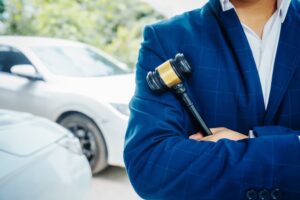
- Personalized Attention: We understand that every case is unique, which is why we take the time to listen to your story, understand your specific needs and concerns, and develop a customized strategy to achieve the best possible outcome.
- Aggressive Representation: When it comes to negotiating with insurance companies or fighting for your rights in court, we are not afraid to be aggressive and tenacious in our approach. We will do whatever it takes to ensure that you receive the compensation you deserve.
- Proven Track Record: Our track record of success speaks for itself. We have helped countless clients recover the compensation they need to rebuild their lives after a serious car accident.
- Free Consultation: We offer a free initial consultation to all potential clients, so you can learn more about your options and get a better understanding of how we can help you.
Our Strategy for Building a Strong Claim
At Boohoff Law, P.A., we understand that building a strong no-fault car accident claim requires a comprehensive and strategic approach. Here’s a closer look at our process:
- Thorough Investigation: We begin by conducting a thorough investigation of the accident, gathering all relevant evidence and documentation to support your claim.
- Medical Documentation: We work closely with your healthcare providers to ensure that your medical records and treatment plans are well-documented and aligned with your no-fault claim.
- Detailed Calculations: We carefully calculate the full extent of your damages, including medical expenses, lost wages, and any other related costs, to ensure that you receive the maximum compensation possible.
- Aggressive Negotiation: When it comes to dealing with insurance companies, we are not afraid to be aggressive in our negotiations. We will fight tirelessly to secure a fair and just settlement on your behalf.
- Courtroom Representation: If necessary, we are prepared to take your case to court and argue your case before a judge or jury. Our attorneys have extensive experience in the courtroom and are skilled at presenting a compelling case.
By taking a comprehensive and strategic approach, we are able to build a strong and compelling no-fault car accident claim that maximizes your chances of a successful outcome.
Key Arguments to Expect from the Defense
When it comes to no-fault car accident claims, insurance companies and their legal teams may employ a variety of tactics and arguments to try and minimize their liability. Here are some of the key arguments you can expect to encounter:
- Denial of Coverage: The insurance company may argue that your injuries or damages are not covered under the no-fault policy, or that you failed to meet the necessary requirements for coverage.
- Exaggeration of Injuries: The insurance company may try to argue that your injuries are not as severe as you claim, or that they are not directly related to the accident.
- Contributory Negligence: The insurance company may try to shift some of the blame for the accident onto you, arguing that your own actions or negligence contributed to the incident.
- Preexisting Conditions: The insurance company may try to argue that your injuries are the result of a preexisting condition, rather than the car accident.
- Failure to Mitigate Damages: The insurance company may argue that you failed to take reasonable steps to mitigate your damages, such as seeking prompt medical treatment or following your doctor’s recommendations.
By anticipating these types of arguments, our team at Boohoff Law, P.A. can develop a comprehensive and effective strategy to counter them and ensure that your rights and interests are protected.
Contact Us for a Free Consultation
If you have been involved in a serious car accident and need help navigating the no-fault claims process, don’t hesitate to contact the experienced personal injury attorney at Boohoff Law, P.A. for a free consultation.
Our attorneys are dedicated to helping accident victims like you receive the full compensation they deserve.


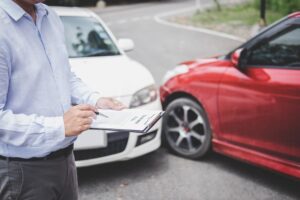
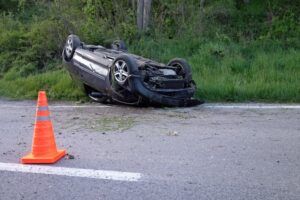
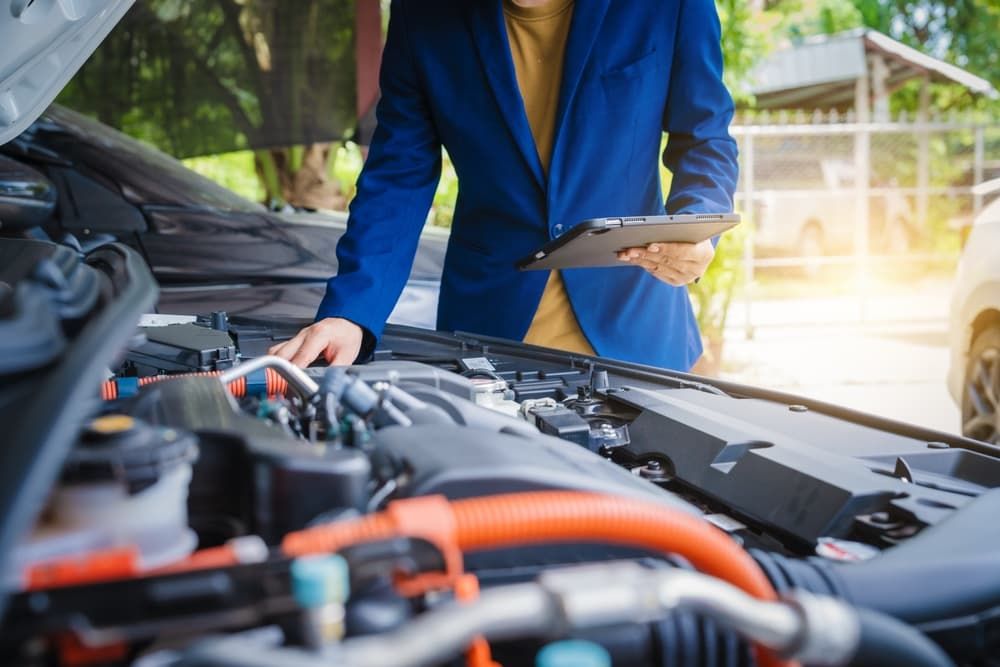
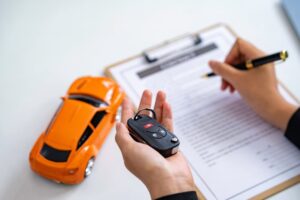
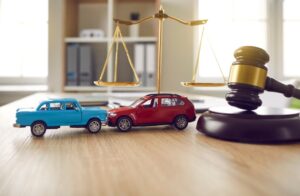

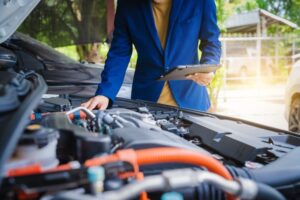
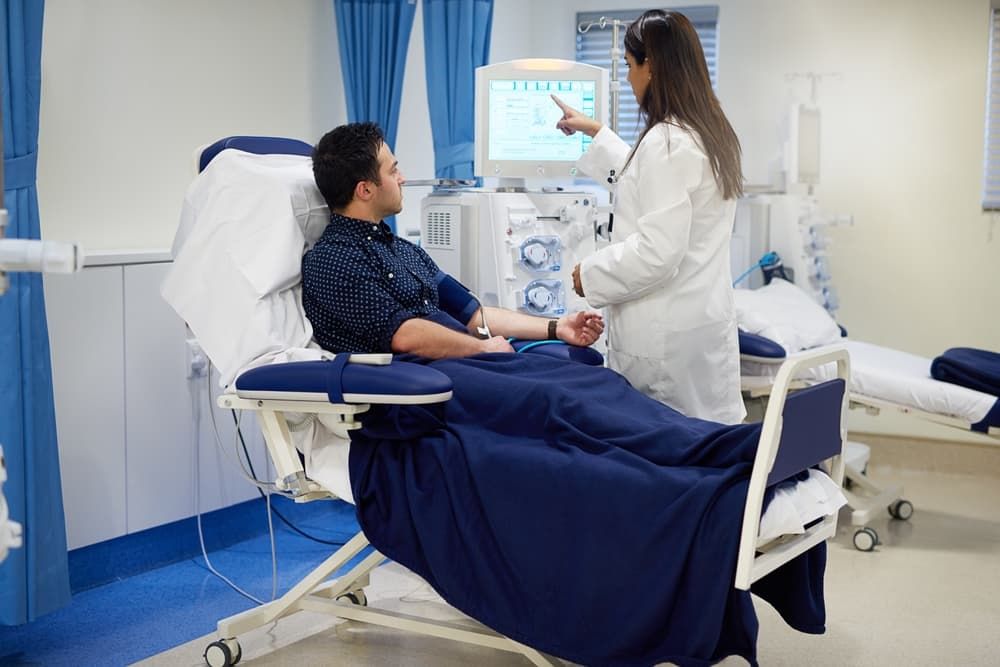
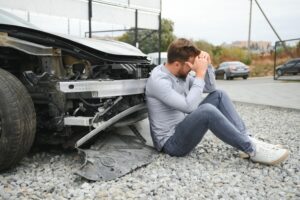
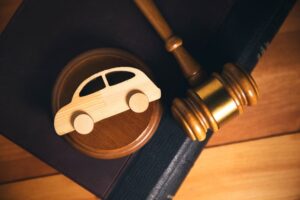

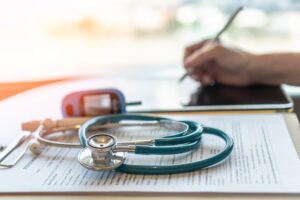
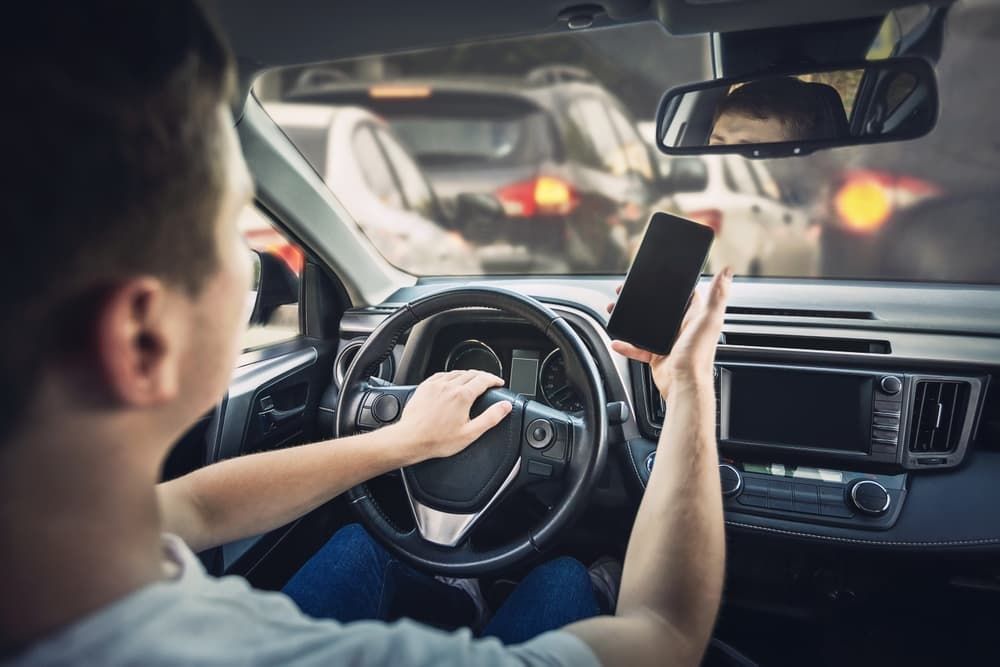
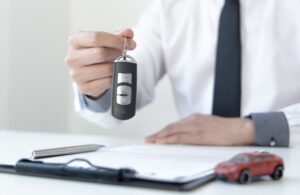

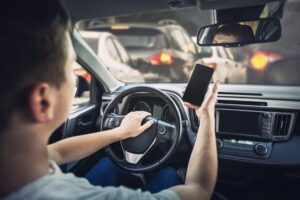
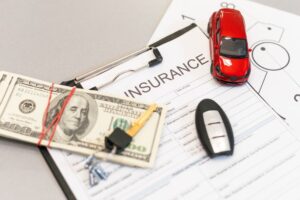
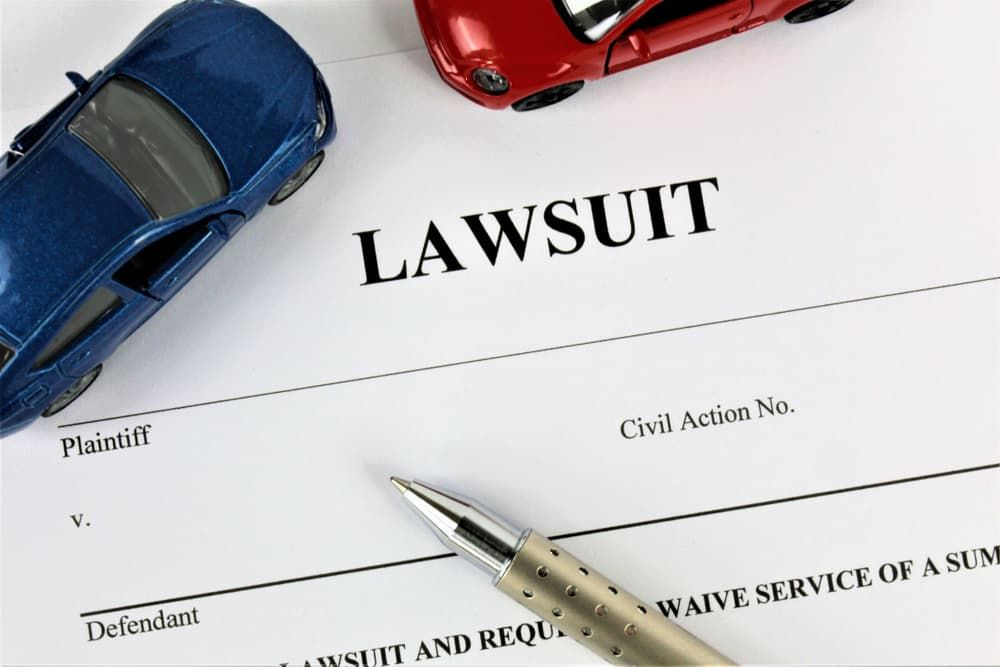
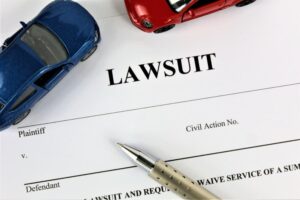 As soon as you hire them to represent you, your car accident lawyer will become responsible for every detail of your claim. Some of the most critical duties your lawyer will perform include:
As soon as you hire them to represent you, your car accident lawyer will become responsible for every detail of your claim. Some of the most critical duties your lawyer will perform include: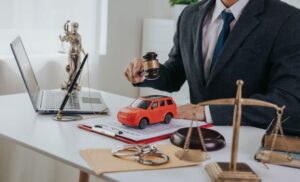 Keep in mind that, if you have any questions about hiring a lawyer, law firms offer free consultations. You can receive a complimentary case review and face no obligation to hire the firm.
Keep in mind that, if you have any questions about hiring a lawyer, law firms offer free consultations. You can receive a complimentary case review and face no obligation to hire the firm.
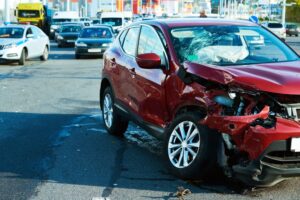
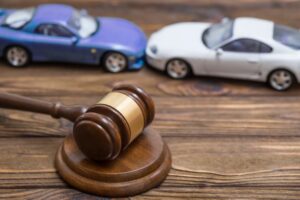

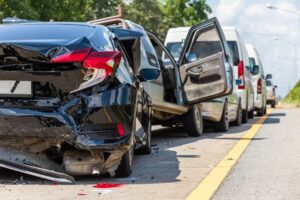
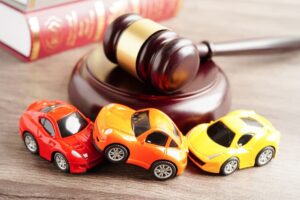
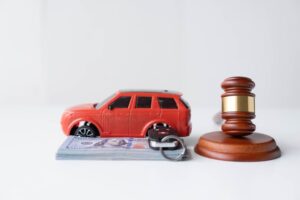

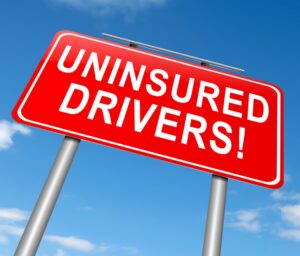
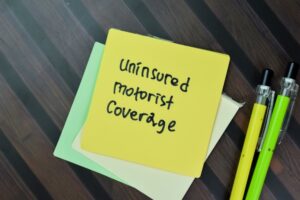
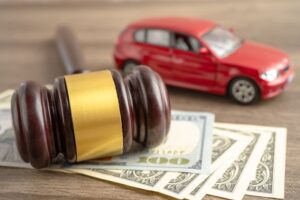

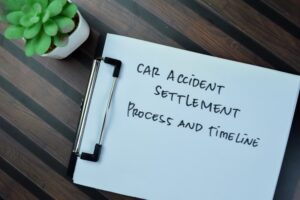 Each car accident case is unique, so the compensation you can claim will vary depending on the circumstances. There is no cookie-cutter typical car accident settlement. The compensation you can claim will vary depending on the circumstances.
Each car accident case is unique, so the compensation you can claim will vary depending on the circumstances. There is no cookie-cutter typical car accident settlement. The compensation you can claim will vary depending on the circumstances.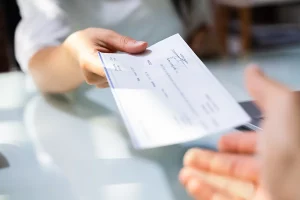


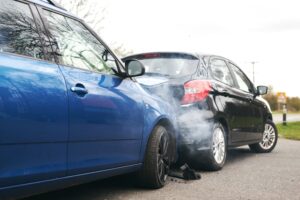 In
In 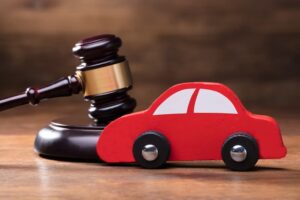 Car accident
Car accident 
